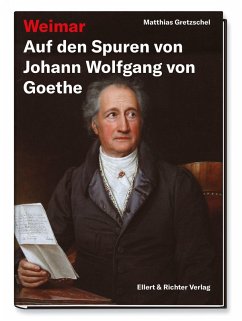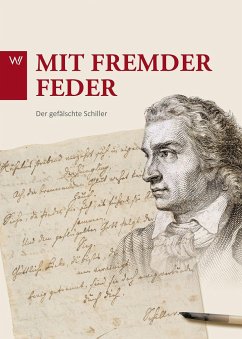
Weimar
St. Peter and St. Paul (Herderkirche)
Illustration: Beyer, Constantin
Versandkostenfrei!
Sofort lieferbar
4,49 €
inkl. MwSt.

PAYBACK Punkte
2 °P sammeln!
The city church St. Peter and Paul is closely connected with the Ernestineprincely house, serving as the burial place for the dukes of Saxony-Weimarfrom Johann Friedrich I to Wilhelm IV. They furnished the church with funerarymonuments, which rank among the masterpieces of German Renaissancesculpture. Connected with the history of the city church are a number of significanthistorical figures, such as Martin Luther, who was supported by the Ernestinesand who preached here on a number of occasions between 1518 and 1540, andJohann Sebastian Bach, who had four of his children baptized in the city ...
The city church St. Peter and Paul is closely connected with the Ernestineprincely house, serving as the burial place for the dukes of Saxony-Weimarfrom Johann Friedrich I to Wilhelm IV. They furnished the church with funerarymonuments, which rank among the masterpieces of German Renaissancesculpture. Connected with the history of the city church are a number of significanthistorical figures, such as Martin Luther, who was supported by the Ernestinesand who preached here on a number of occasions between 1518 and 1540, andJohann Sebastian Bach, who had four of his children baptized in the city church.Under the regency of Anna Amalia, who in 1807 became the last member of theprincely house to be buried in the choir, Johann Gottfried Herder came to Weimarin 1776. Together with Christoph Martin Wieland, Johann Wolfgang von Goethe,and Friedrich Schiller, he belongs to what is known as the traditional Viergestirn(four stars) of Weimar. Until his death in 1803, the poet, theologian, andphilosopherserved as the superintendent and high priest of the city church.












